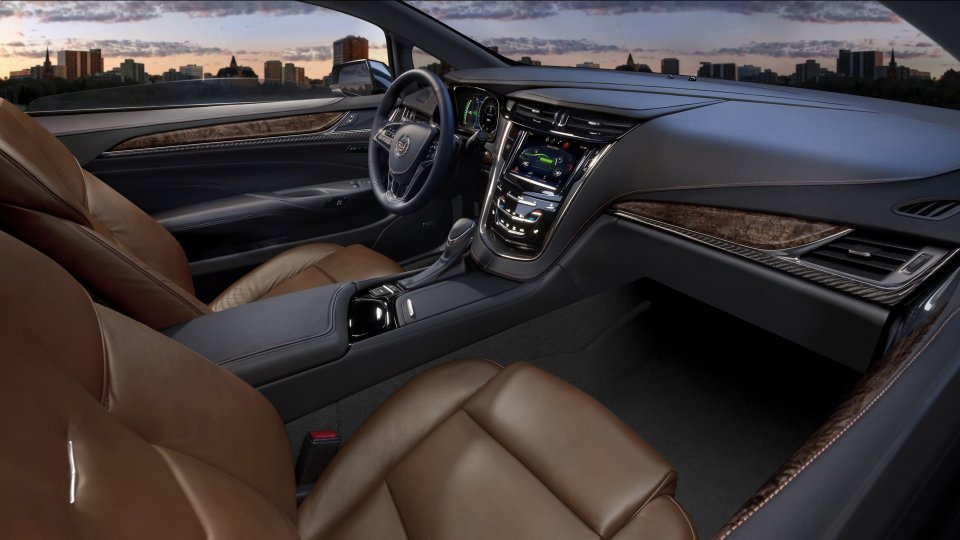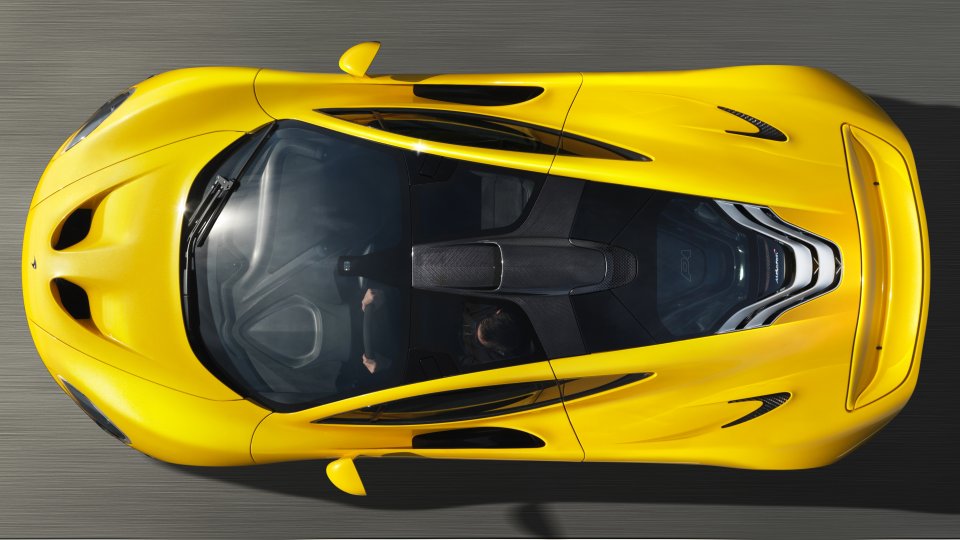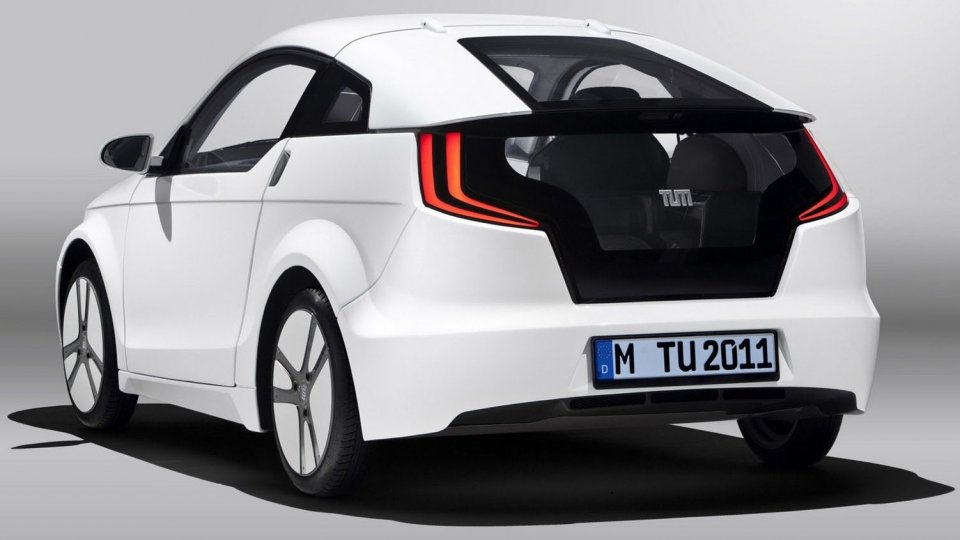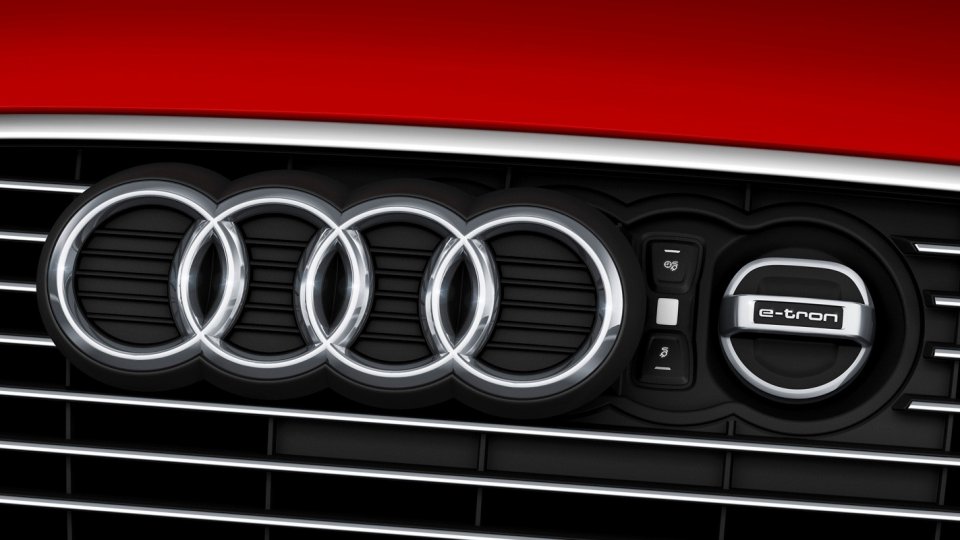The environment is also in suit protectable
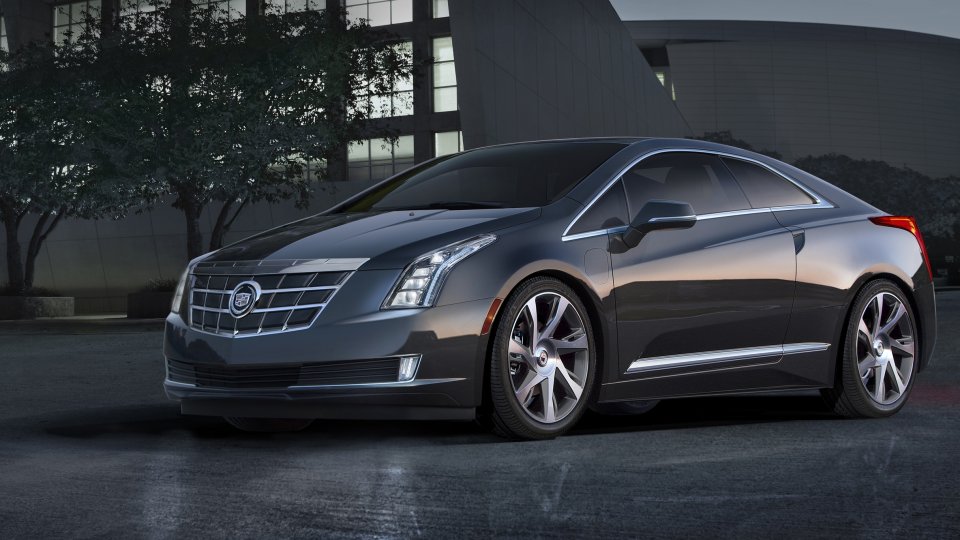 If today someone wants to buy a clearly electric powered car, there are two things needed: on the one hand a rational, holistic and responsible way of thinking, and a significant amount of money.
If today someone wants to buy a clearly electric powered car, there are two things needed: on the one hand a rational, holistic and responsible way of thinking, and a significant amount of money.

But as if the most of the options available on the market wouldn't notice in their services the latter one. The General Motors recognized this and built the luxury version of the Chevy Volt: the Cadillac ELR.
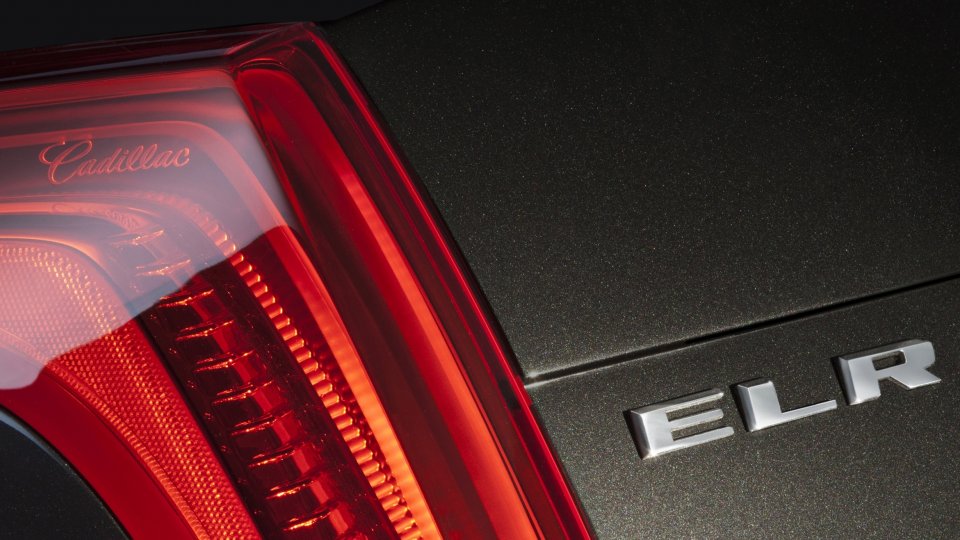
Certainly proper researches have been preceding the launch of the Chevrolet Volt, though the the welcome of the hybrid car (chargable from the networks) has probably surprised also the leaders of GM. Though the sales were behind the original plans, in the last year the Volt belonged to the modells much in demand on the north – american market, in spite of the fact that lots were discouraged to buy it because of it's high price.

In such case there are two solutions: to lower the price, or to make the product package more valuable. The previous is on a long term not so remunerating, therefore GM decided for the latter, and out the technology of the Volt into it's premium brand. So beside the Opel / Vauxhall Ampera intented for the European market the hybrid (equipped with a high – capacity battery package and a small piston displacement petrol engine) has also appeared under the banner of Cadillac.

The Cadillac ELR is able to everything what a premium consumer could need. It inherited it's design directly from the Conver concept 2009 and though the all angled body with it's 0,30 drag coefficient basically it's an aerodynamic fiasco, it's a must to make compromises in the interest of convincing the customers. The extravagant forms accustomed to the brand, just as the LED headlights make the maturing out technologie as more attractive.

From a technical viewpoint the ELR is not entirely identical with the Volt. It's lithium – ion batterie have a cut higher capacity (16,5 kWh instead of 16), it's electro engine is far stronger (207 HP instead of 149) and stressful (400 Nm instead of 370).

This means that the drive uses up it's electricity resources, but optimally the range is enough for 56 kilometers also like this – this nearly suits the Gödöllö – Budapest range, so commuters have a great chance to get to the capital with such a vehicle without the emission of hazardous gases. If it doesn't manage to succed, it's no problem, as by means of the 1,4 litre, 4 cylinder petrol engine we can do further 350 kilometers.

The practical usability of the car (being distributed in America from 2014, and later maybe arriving also to Europe) is enhanced by two creative functions: both were exactly created for those commuting situations (sketched above) which mean in America and in West – Europe far more frequent and far longer ranges.

One is the electricity restraining function by which the user is also able to activate the generator in case of a fully charged battery: in such a case in hybrid mode it can save on power so if reaching the city it will be able to do the maximal range in clearly electric mode. The other service like this is exactly the opposite of this: by means of the regenerative breaking system (which can be separately)switched on from the steering wheel) the driver is able to make the drive chain to generate eletricity even if the system would solve the given traffic situation in an other way.
